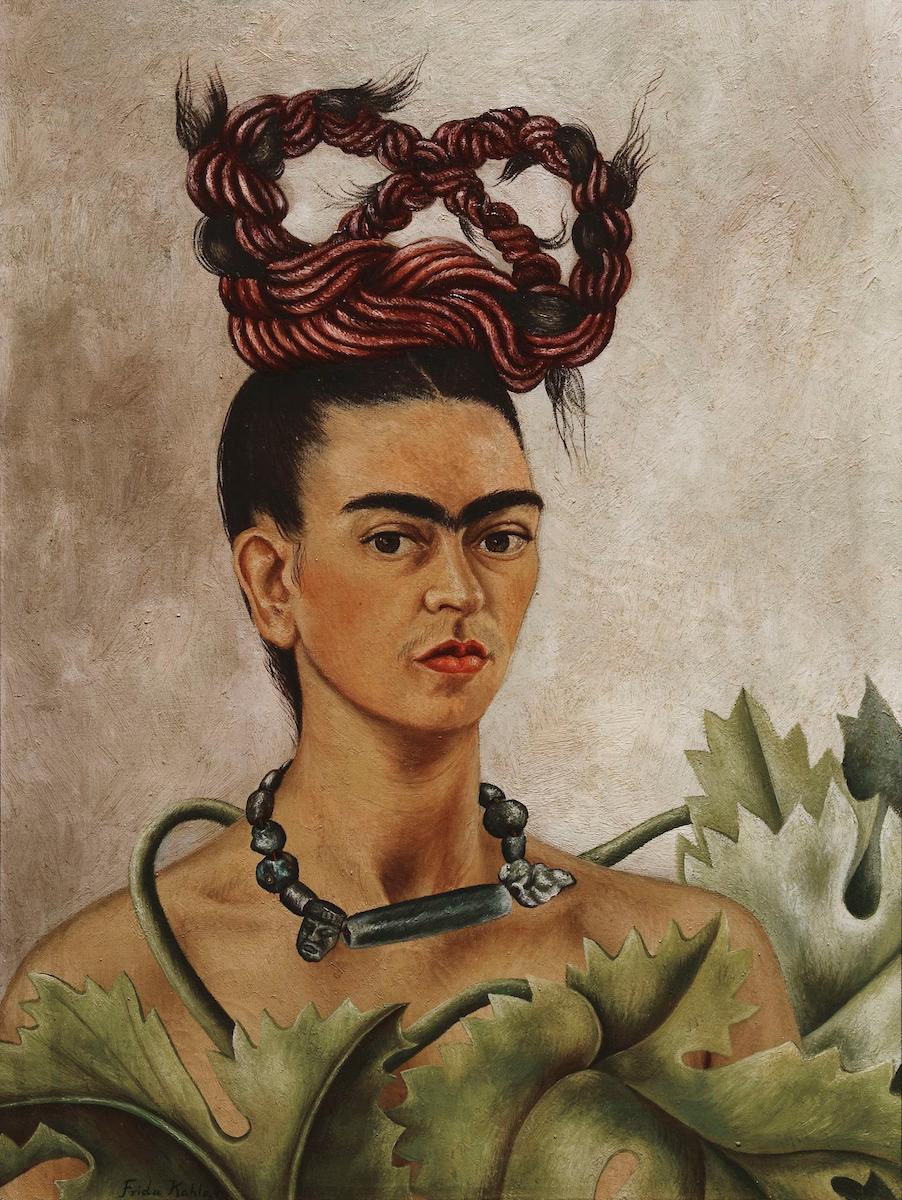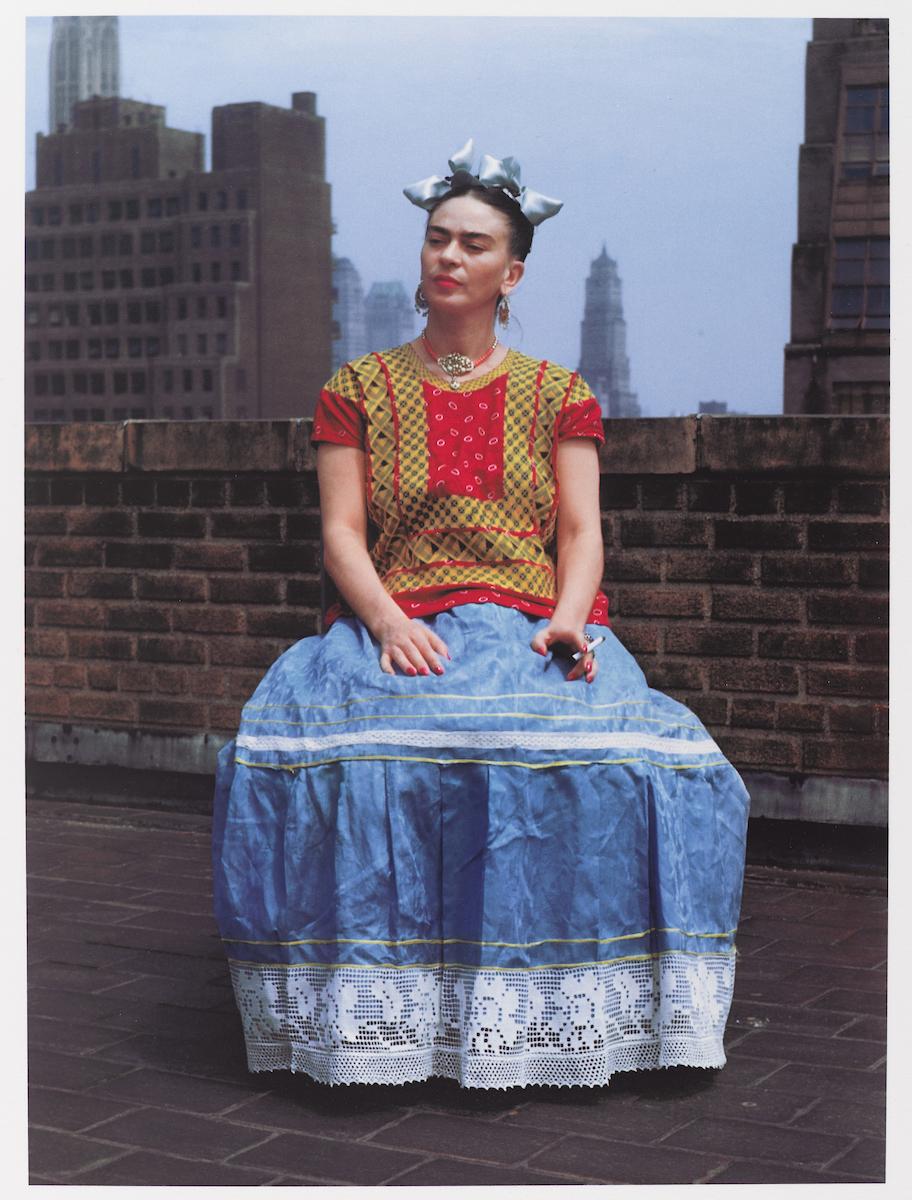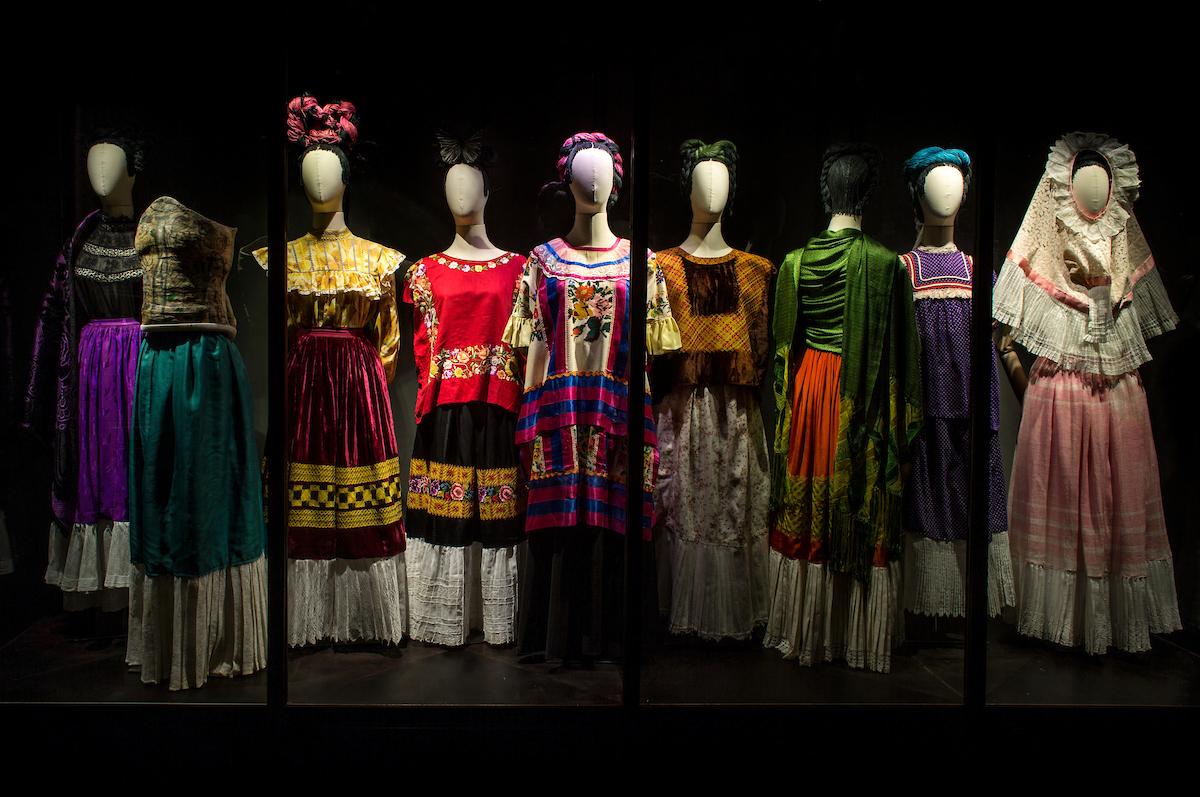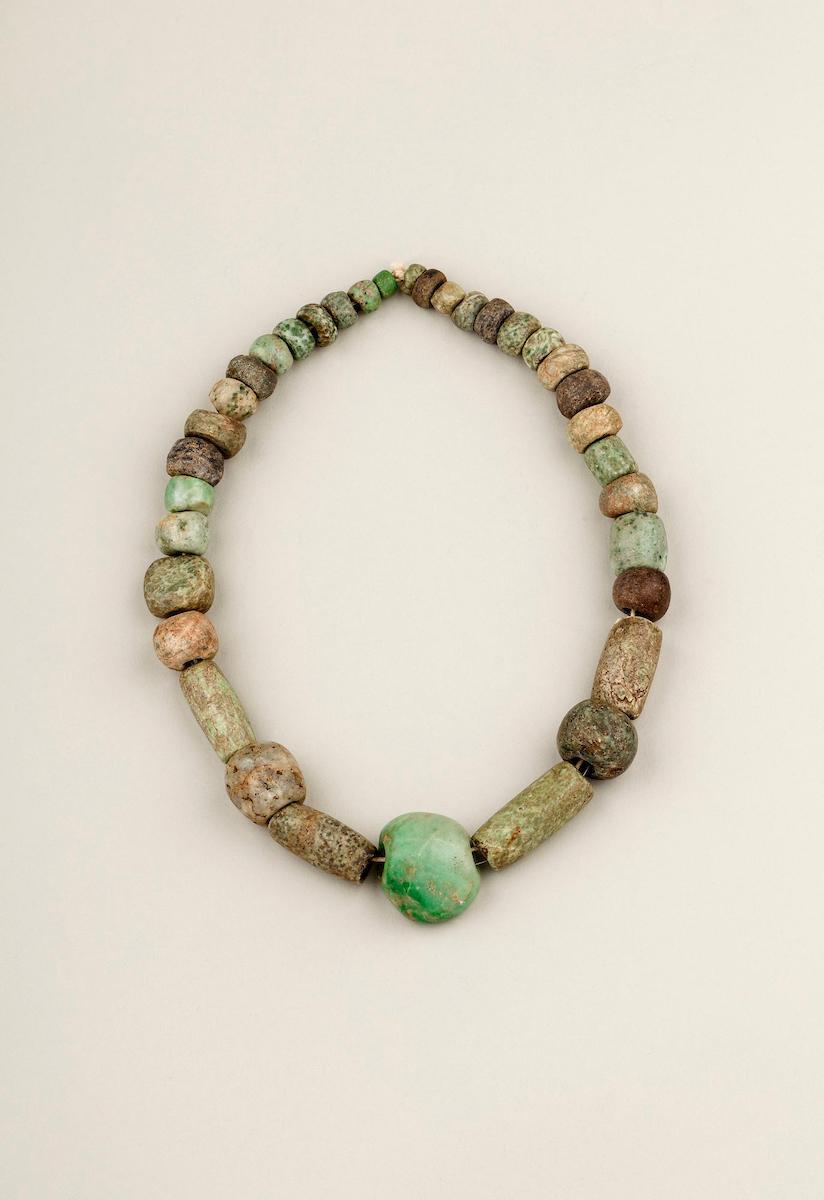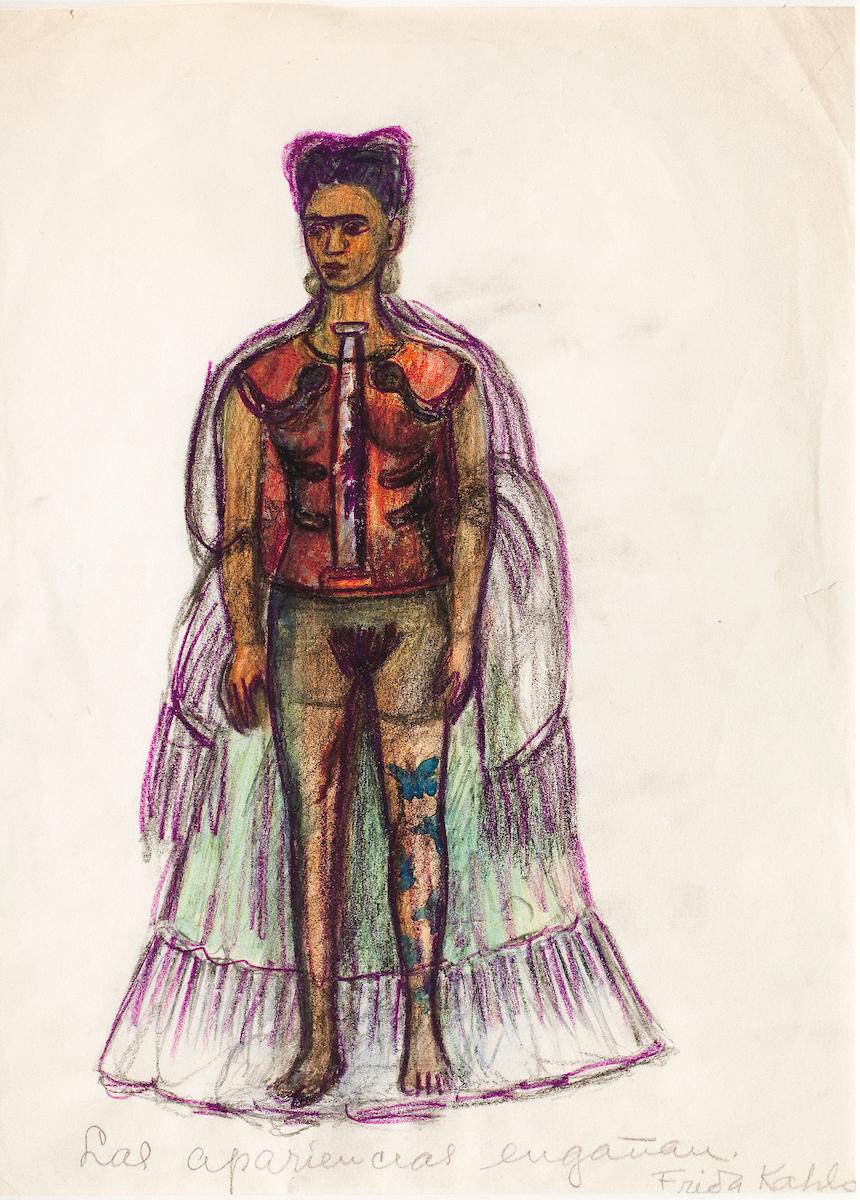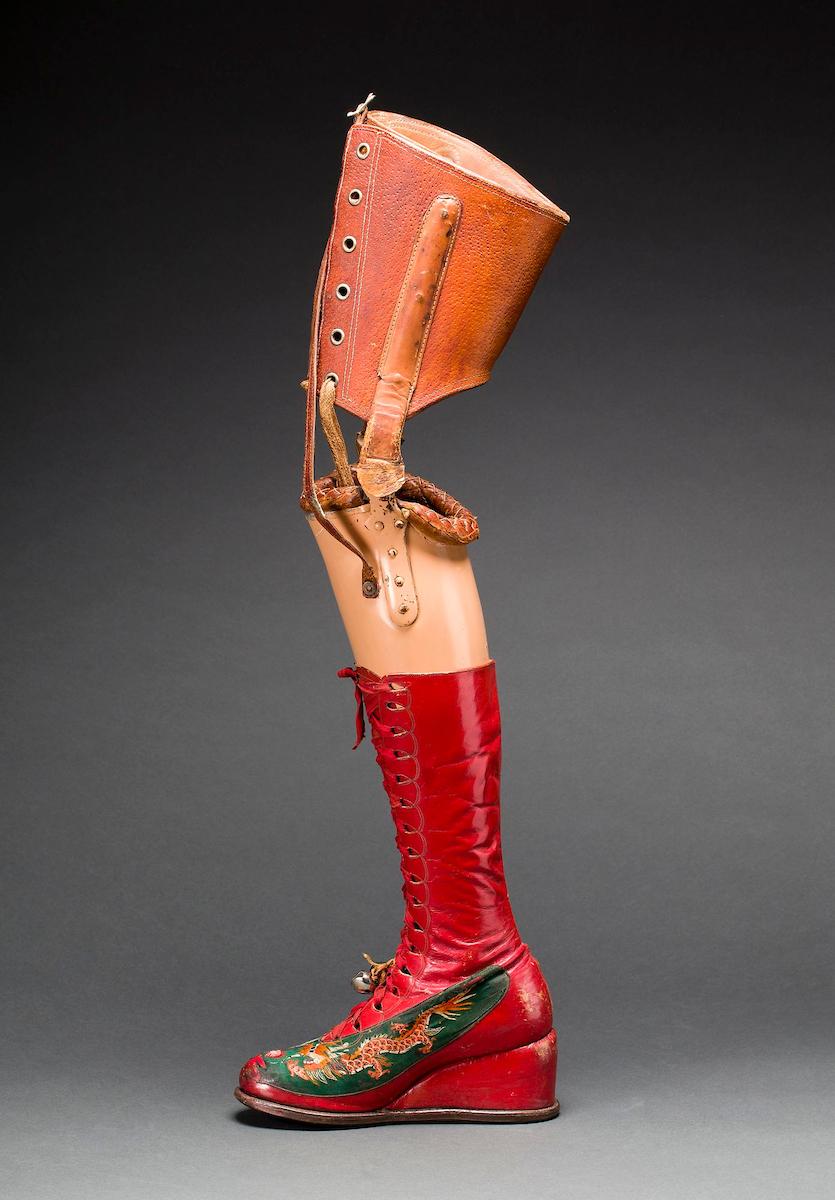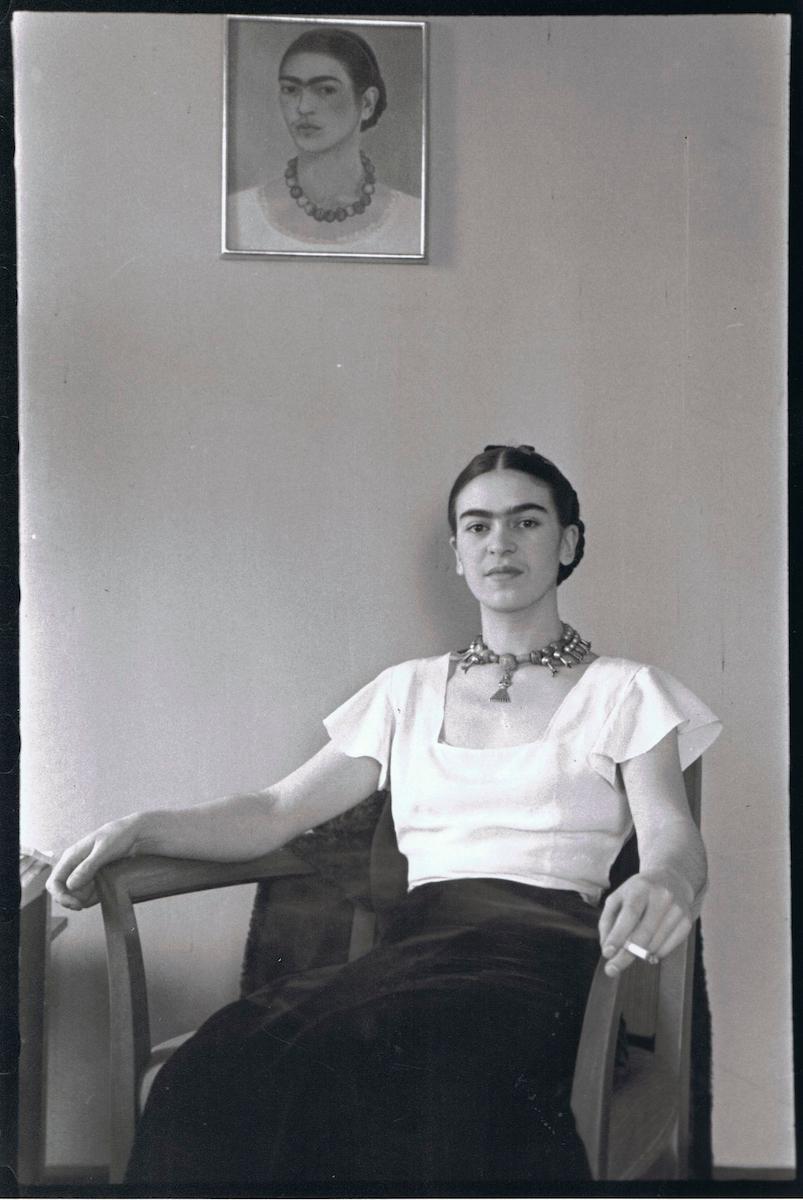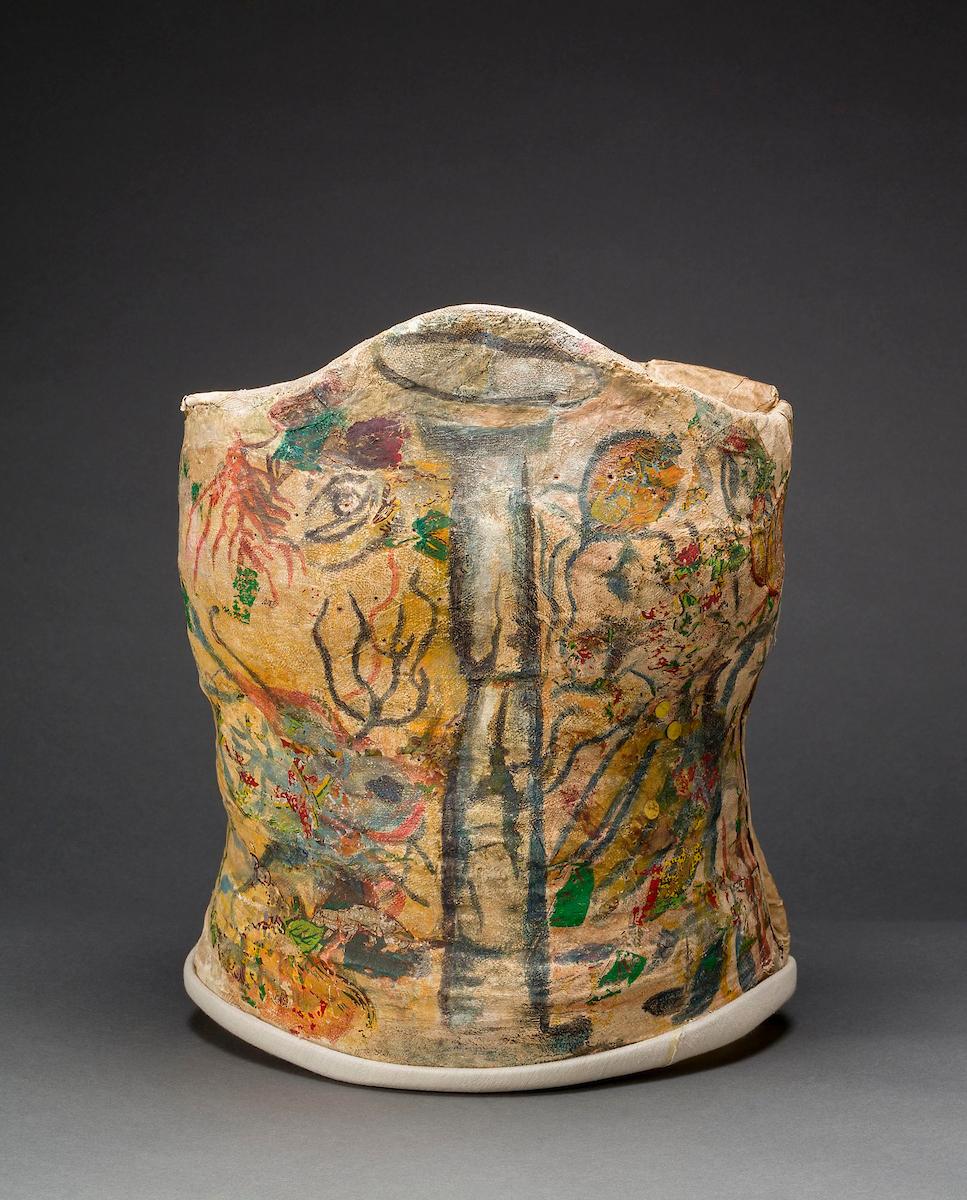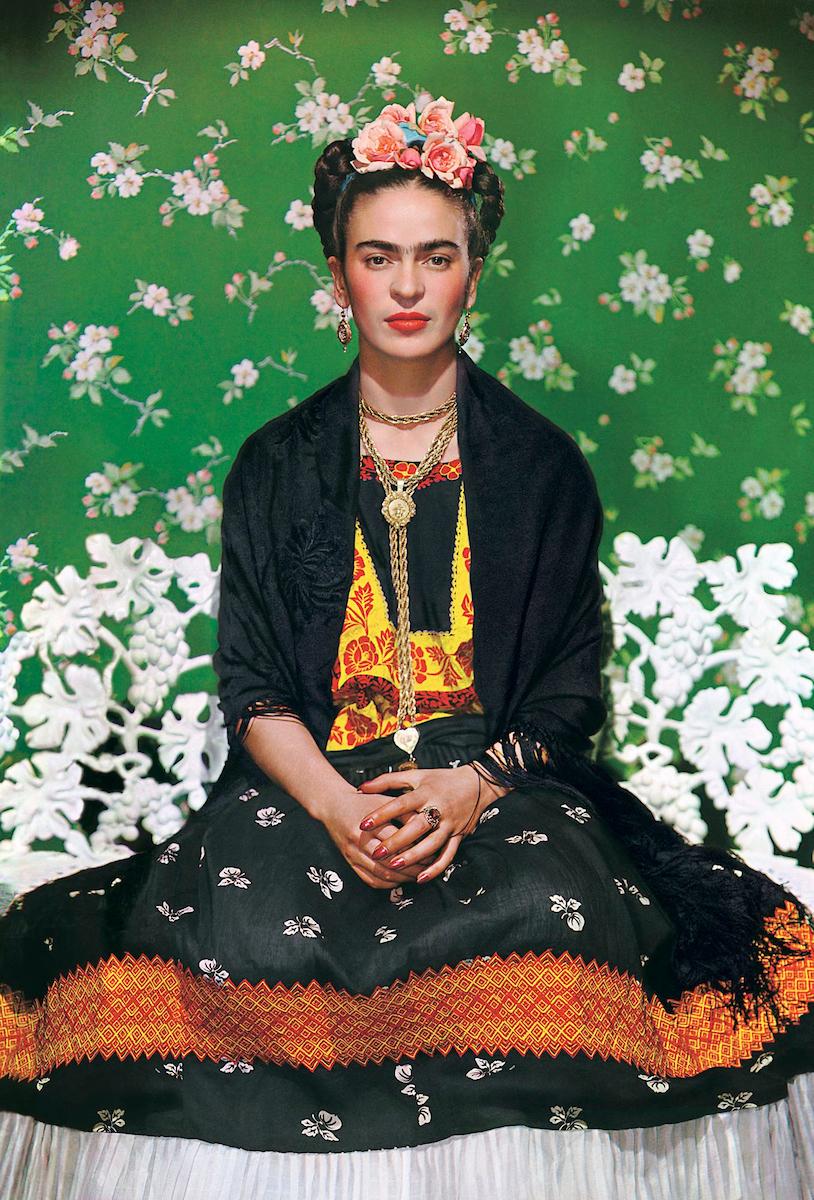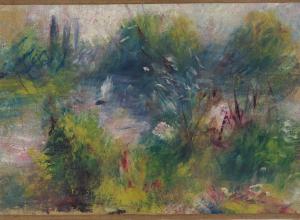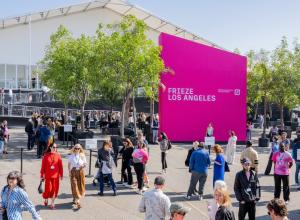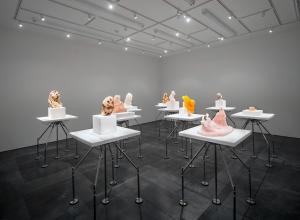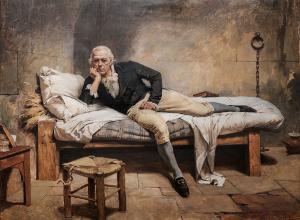One of the most recognizable faces in all of art history is making her big debut at the Brooklyn Museum this weekend. The highly anticipated blockbuster exhibit Frida Kahlo: Appearances Can Be Deceiving is the largest U.S. exhibition in ten years devoted to Frida Kahlo, and the first in the United States to have the privilege of displaying a collection of her personal possessions usually housed at the artist’s lifelong home in Mexico City, the Casa Azul (Blue House). Known for her deeply personal self-portraiture that is imaginative and surreal, the exhibition explores themes of politics, gender, clothing, national identities, and disability, as they play out in her life and works.
While taking in the captivating self-portraits she is known for is a wonderfully direct way to get to know this iconic artist, the diverse collection of personal objects on display gives us an even more intimate encounter with Kahlo. More than 100 of her personal artifacts, including the artists’ own clothing, jewelry, cosmetics, and orthopedic corsets, as well as photographs, letters, and drawings, give us a fuller picture of the lived experience behind the now iconic paintings.




